Cultural capital – we know it’s important, and we know Ofsted looks for it. But what does it really mean? How can you embed cultural capital into everyday life at your setting so naturally that it becomes second nature?
Not to worry – Blossom’s here to help clear the confusion and guide your way to natural cultural capital. Read on to find out more!
What Is Cultural Capital in Early Years?
Cultural capital is the knowledge, experiences, and skills that help children thrive not just in education, but in preparation for their whole life.
In Ofsted’s own words:
It is the essential knowledge that pupils need to be educated citizens, introducing them to the best that has been thought and said and helping to engender an appreciation of human creativity and achievement.
Ofsted, School inspection handbook
Whether it’s through storytelling, nature walks, exploring different cultures, or engaging in creative play, every experience shapes a child’s understanding of the world.
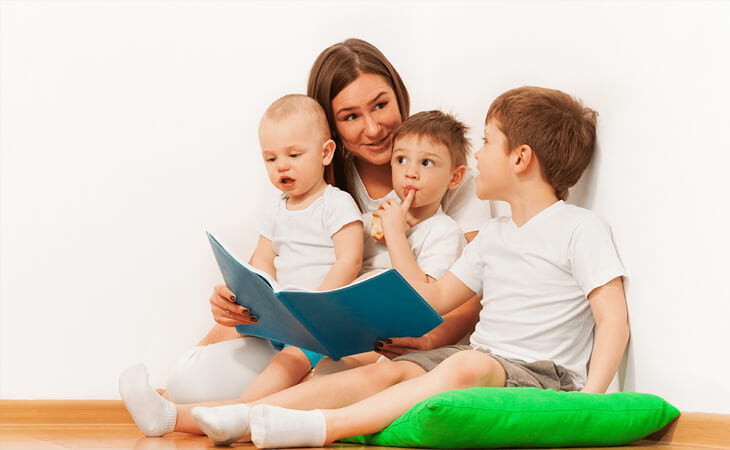
This is something that Ofsted is hot on, and it’s important to be able to explain what it is and how you implement it as not just a manager, but at practitioner level too.
You should be able to explain and demonstrate to parents and Ofsted that all of your children are given access to varied, meaningful and enriching experiences to create a strong foundation for future learning.
Why Cultural Capital matters
Ever heard the phrase, ‘they don’t teach you that at school’? Well, what if early years education could fill in those gaps? Introducing children to new experiences they may not have encountered at home or in their community.
The aim of implementing cultural capital is to offer children knowledge and opportunities that spark their curiosity, build their confidence, and inspire a love of learning long before they step into the classroom.
The idea of cultural capital first came from a sociologist named Pierre Bourdieu, who said quite simply that ‘culture and education aren’t simply hobbies or minor influences’. Instead believing that they are transformative parts of our lives, and that starts in the early years.
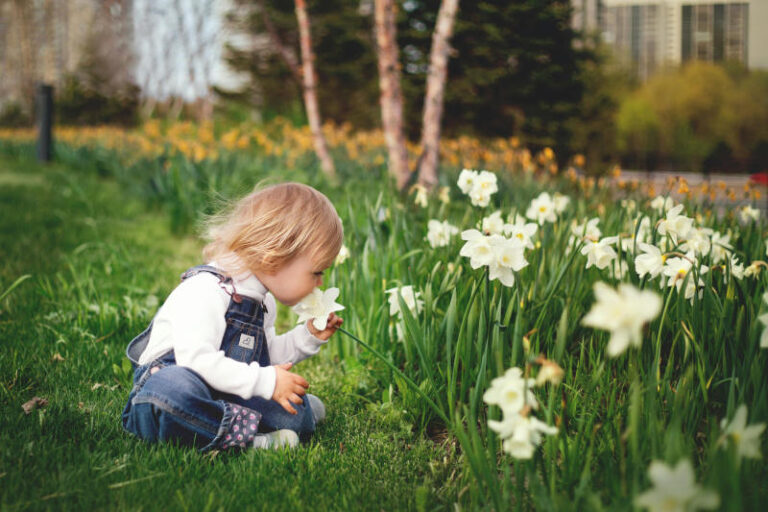
Lev Vygotsky extended this idea further, emphasising that children learn best through meaningful interactions with their environment.
“A child’s greatest achievements are possible in play, achievements that tomorrow will become her basic level of real action.”
Leo Vygotsky
So try to think of cultural capital as building blocks – each new experience adds another block, strengthening the foundation for future learning. When these moments stack up, it creates a sturdy tower of knowledge that’s supporting the child as they grow.
As early years educators, it’s our job to embrace the opportunity to nurture cultural capital and shape the adults of tomorrow by sharing values and encouraging curiosity that will inevitably influence the future generation.
Building Cultural Capital through Blossom
How can Blossom help promote cultural capital in your setting? It all starts with listening to your families and understanding their experiences.
With the Parent Inbox, Blossom makes it easy to connect home and nursery life, giving you a window into each child’s world beyond the setting. This seamless link with parents can spark ideas for activities, enrich your curriculum, and celebrate the experiences that shape every child’s learning journey.
An example of building Cultural Capital
- Parent Partnership through the Inbox
Over the weekend, Ada’s family went blackberry picking, and through the Parent Inbox, the parents shared how much their child enjoyed picking fresh berries. - Share the Experience with Children
At circle time, you invite Ada to share her story: “Where did you go?” “Who was with you?” “What did the blackberries taste like?” This sparks a conversation, with other children who join in to share their own experiences with fruit picking or trying new foods. - Bring the Experience to Life at Nursery
Inspired by the child’s adventure, you set up an activity where the children can gather blackberries from the nursery garden (or use some brought in) to bake a delicious crumble. This activity promotes fine motor skills, teamwork, following instructions, and introduces STEM concepts of measurement and change. - Share with Families through Blossom
After the activity, you capture the moment in Blossom’s diary, sharing photos of the children picking berries, making the crumble, and (the best part) enjoying it together! Parents can see their child’s diary update on the Parent App and engage by liking and commenting on the post. It gives them insight into how their children’s home experiences have been nurtured and expanded in the nursery.
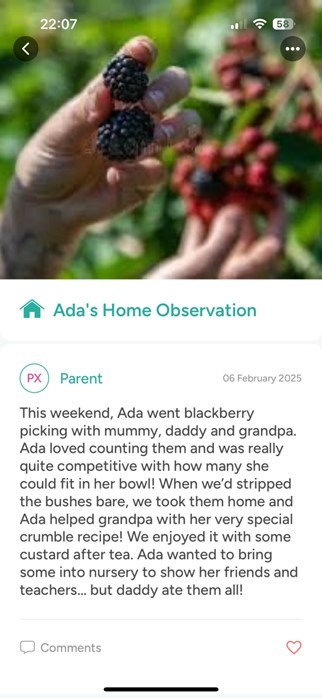
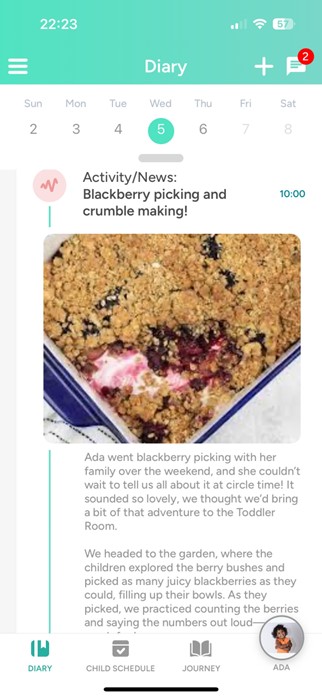
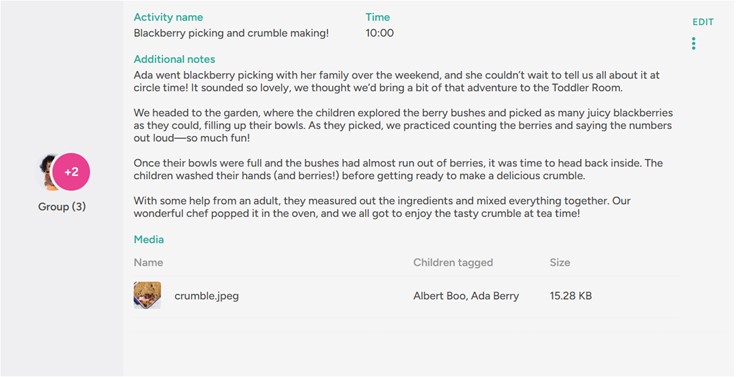
What are the benefits of Cultural Capital?
- Enhances Home-Nursery Links – Parent partnerships are strengthened by valuing and incorporating children’s home experiences into the setting using Parent Inbox.
- Encourages Storytelling and Communication – Supports language and listening skills as children share their diverse experiences.
- Provides Hands-on Cultural Experiences – Expands children’s understanding of food, nature, and traditions through practical activities.
- Develops Key Skills – Engages children in problem solving, teamwork, and STEM-based learning through real life applications.
- Builds a Sense of Community – Creates a bridge between home and nursery, making children feel their experiences are valued and celebrated.
- Encourages Parental Engagement – The Parent App allows parents to see and contribute to their child’s cultural and educational growth through shared updates.
How to keep Cultural Capital going
Listen to your families!
Embrace the moments that come from outside the nursery walls, and let Blossom help you build a strong, supportive environment where cultural capital thrives. By listening to your families and sharing these experiences with the children, it will become so natural that you won’t even need to think about it.
Together, we can ensure every child’s future is as rich and vibrant as the experiences they have today, inside and outside of your nursery.